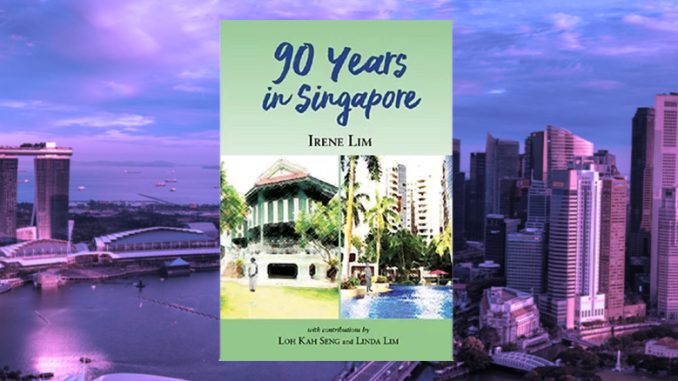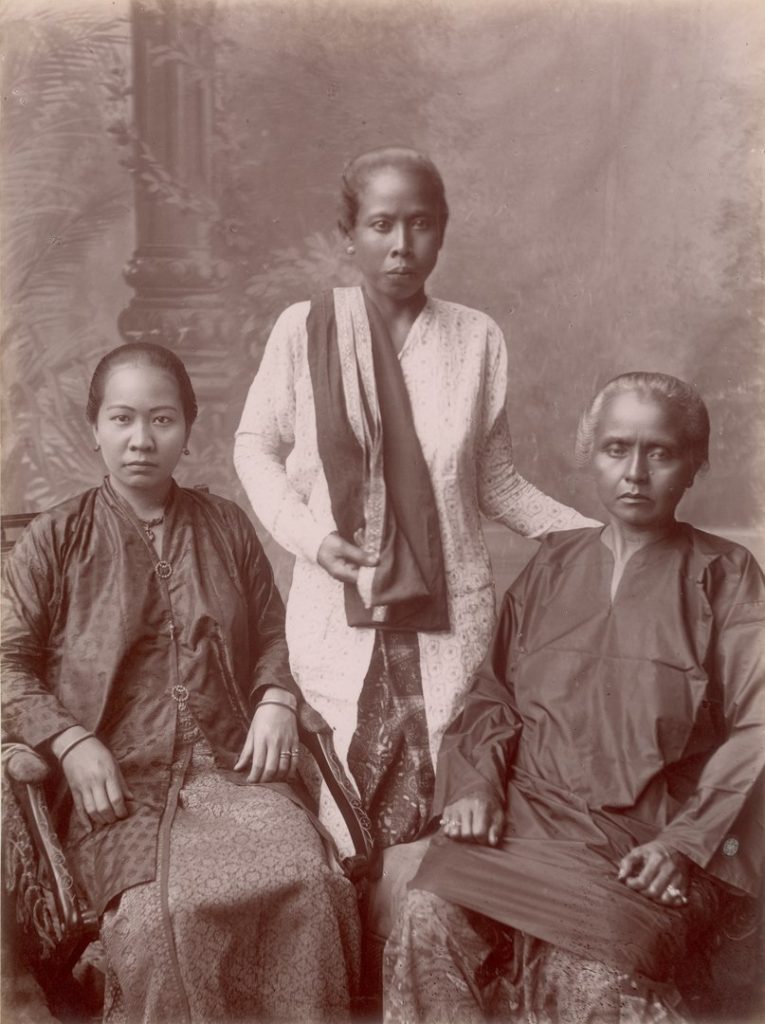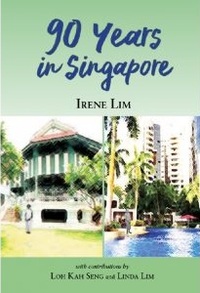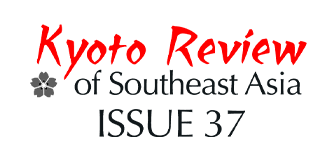
Title: 90 Years in Singapore: History, Politics, and Identity
Author: Irene Lim
Publisher: Pagesetters Services Pte Ltd
I must confess: as a (relatively) young Singaporean, Irene Lim’s 90 years in Singapore was an absolutely fascinating read for me. It was one person’s journey through life, yet so much more: Irene’s attention to detail on her surroundings provided a window into the transformation that Singapore as a city-state had experienced. While the book was a social journey, one cannot divorce the personal from the political. Interspersed throughout her personal story was the backdrop of Singapore’s political developments, from being a British colony, to the Japanese Occupation, and merger with and separation from Malaysia, which led to Singapore’s independence. Throughout the story, one theme stood out, and that was identity. In many ways, the book was about a person who navigated life with a multitude of identities. It is the theme of identity which I wish to focus on in this review.
Firstly, in a country like Singapore, and a region like Southeast Asia, for that matter, where race is ingrained in the political system and the psyches of citizens, people are often required to be boxed in certain identities. Needless to say, such a process is not the most fruitful for those from mixed or more complex backgrounds. Irene writes on p. 18 that: “People often ask me if I am Peranakan. I don’t really know how to answer, since we were not “pure’ Peranakan in food, dress or language use.” For many Singaporeans today, such a declaration is thoroughly relatable. I myself am ethnically “Indian”, but I speak Malay, and I am a Muslim. Am I more Malay or Indian? Or perhaps, at different points in time in life, each identity matters differently to me? Or maybe, the question is not a fruitful one, since humans are always grappling with multiple layers of identities. It is thus not only the Peranakan Chinese who often deal with such existential questions; in fact, as more inter-racial marriages take place, Singaporeans are likely to ask such questions, just as Irene did. Note that Irene’s brother married a Malay and settled in Malaysia without familial objection, which speaks to the embracing nature of the Peranakan identity. And maybe, Irene’s experience can bring us to broader, meta-questions: what exactly is ‘ethnicity’? How relevant should it be in the functioning of a political and social system? The Peranakans may also be the community which typifies the multi-racial ideal the most, since they are a ‘Chinese’ people who are extremely comfortable with the Malay language and culture. Does the rigid CMIO (Chinese-Malay-Indian) categorization harm the Straits Chinese, and multi-racialism in general, since the essentialist classifications do not recognize the hybridity and complexity of identity?

Another facet of identity that was apparent to me was the status of Malays in society. Of Irene’s classmates, only one was Malay (Habibah Haider), and she was the daughter of a government servant. The other two Muslim-sounding names, Aluya Alkaff and Ayesha Alsagoff, were both clearly Arabs (pp. 68-70). Her family driver, Zainal, was Malay (p. 130). Irene’s recollection can be understood in line with Syed Hussein Alatas’ The Myth of the Lazy Native: the colonial economy had excluded natives, who are Malays in the case of Singapore and Malaya, since they refused to be subjugated to unfair economic terms. As such, the immigrant Chinese and Indian populations were given opportunities to engage in business, while Malays tended to be either in the civil service, or remained in subsistence agriculture or fishing. 1 The effects of the colonial division of labour are felt till today, as economic inequality in Singapore is unfortunately still correlated to racial realities. Irene’s book did not talk about this phenomenon, but her personal anecdotes shed light on it. Till this day, Malays are under-represented in the top schools (such as Raffles Girls’ School/Raffles Institution and Hwa Chong Institution, and consequently, in important positions in society. It also calls into question the multi-racial credentials of those who went to these schools: was it a truly ‘Singaporean’ experience, if one does not have many Malay friends in one’s formative years? Would that have an effect on policies which are made, since many policymakers do come from these schools?
 Lim’s brilliant epilogue at the end further brings the issue of identity and politics to the fore. Straits Chinese Culture “has diminished”, according to Lim, in both Singapore and Malaysia. In the former, it was because of the marginalisation of the Malay language and the dialects, while in the latter, it was due to “race-based politics” and “stronger Islamist leanings among Malays”, which make the “hybrid culture of the Straits Chinese more difficult to sustain” (p. 222). This astute observation highlights the unfortunate reality of Southeast Asian politics, and increasingly, political realities throughout the world too: identities are often both a function of, and a contributory factor to, how politics manifests itself. Identities are shaped by political affairs, but also have the potential accentuate societal divisions, especially if utilized by unscrupulous political actors. It is something which multi-ethnic societies have to contend with. Furthermore, the consequence of well-intended policies too are laid bare here: while the ‘speak Mandarin’ campaign was intended to increase the proficiency of Singaporeans in a language which would be internationally useful, it had the effect of side-lining dialects, and hence, entire identities were re-defined.
Lim’s brilliant epilogue at the end further brings the issue of identity and politics to the fore. Straits Chinese Culture “has diminished”, according to Lim, in both Singapore and Malaysia. In the former, it was because of the marginalisation of the Malay language and the dialects, while in the latter, it was due to “race-based politics” and “stronger Islamist leanings among Malays”, which make the “hybrid culture of the Straits Chinese more difficult to sustain” (p. 222). This astute observation highlights the unfortunate reality of Southeast Asian politics, and increasingly, political realities throughout the world too: identities are often both a function of, and a contributory factor to, how politics manifests itself. Identities are shaped by political affairs, but also have the potential accentuate societal divisions, especially if utilized by unscrupulous political actors. It is something which multi-ethnic societies have to contend with. Furthermore, the consequence of well-intended policies too are laid bare here: while the ‘speak Mandarin’ campaign was intended to increase the proficiency of Singaporeans in a language which would be internationally useful, it had the effect of side-lining dialects, and hence, entire identities were re-defined.
At the end of the day, the book represents more than one person’s memoirs: it must be understood within the socio-political context in which the author grew up in, and operated within, and each little story and anecdote has plenty of fascinating things to tell us about broader socio-political issues. Irene’s contribution thus is an extremely valuable addition to the Singapore story: a story of multiple and complex identities, all of which are part of the political landscape.
Reviewed by Walid Jumblatt Bin Abdullah
Assistant Professor at the Public Policy and Global Affairs program at Nanyang Technological University
Notes:
- Syed Hussein Alatas (1977), The Myth of the Lazy Native: A Study of the Image of the Malays, Filipinos and Javanese from the 16th to the 20th Century and its Function in the Ide, London: Frank and Cass. ↩
